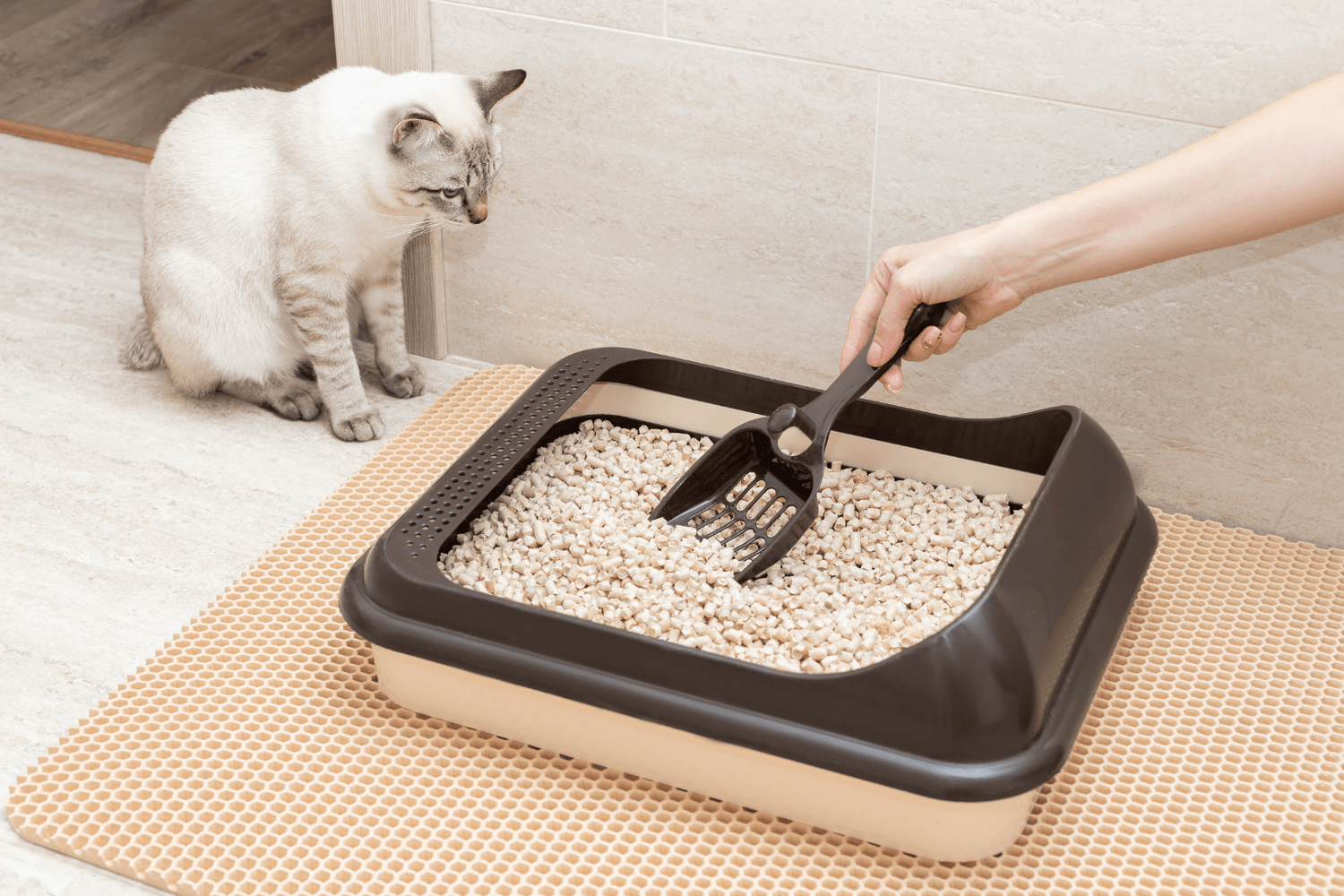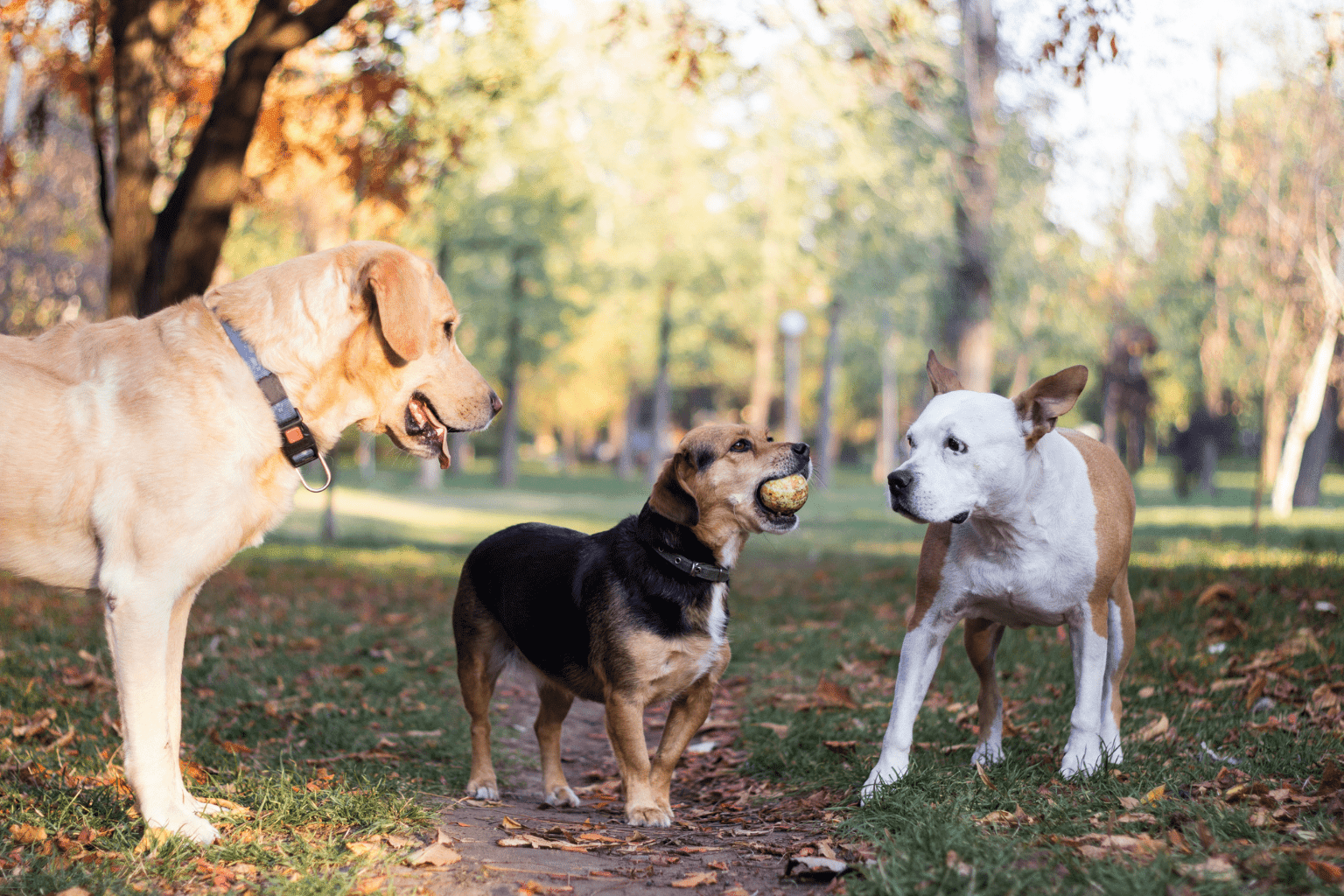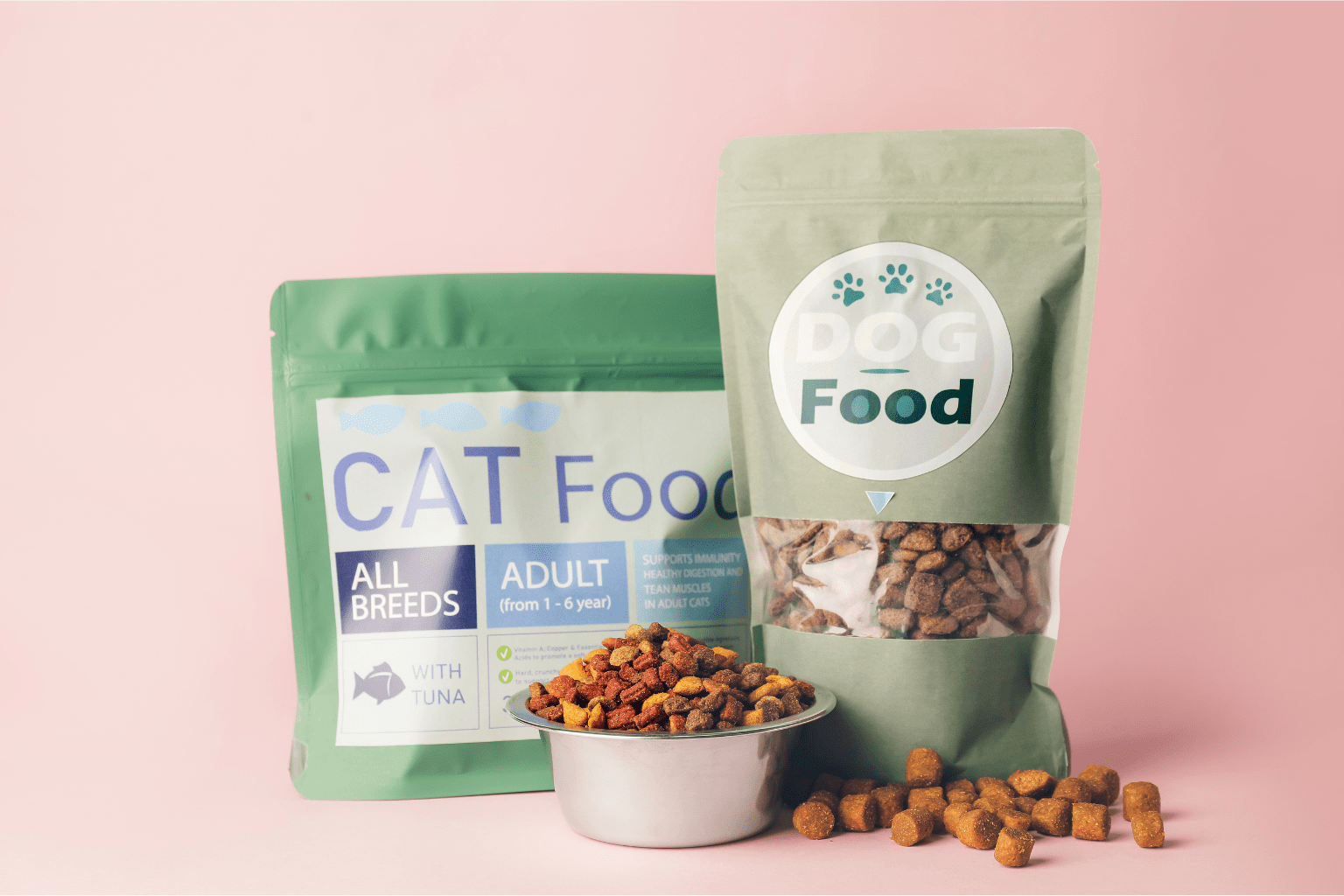Key Takeaways
- Recognizing the signs of constipation in cats early is crucial for effective relief.
- Prompt and gentle action can prevent discomfort from becoming dangerous for your cat.
- Understanding how to relieve constipation involves natural and safe methods tailored for felines.
Table of Contents
- Cat Constipation 101, What It Is, What's Normal, and Why It Matters
- Spotting Cat Constipation Early, Real Signs Our Pets Show
- Why Is My Cat Constipated? Understanding Root Causes
- Home Check, Is It Really Constipation?
- Gentle At-Home Relief: Natural Tips to Support Cat Digestive Health
- When to Try a Homeopathic Remedy for Cat Constipation
- Food Matters, Wet Food vs. Dry; High-Fiber vs. Regular Diets
- Proactive Prevention, Habits That Keep Your Cat Regular
- When to Call in the Vet, Recognizing Emergencies & Chronic Cases
- Special Scenarios: Chronic Illness, Kittens, Multi-Cat Families
- The BestLife4Pets Difference, Hope, Results & Community Stories
How to Relieve Constipation in Cats: Complete Guide
When your feline friend hasn't used the litter box in days, panic sets in fast. How to relieve constipation in cats starts with recognizing the signs early and taking gentle, natural action before discomfort becomes dangerous.
Most healthy cats poop every 24-36 hours. Missing this window means your cat needs help, and the sooner you act, the better their outcome. Cat Laxative Constipation Relief can provide gentle, effective support for cats struggling with irregularity.
For cats with ongoing digestive issues, consider a Cat Digestive Health Bundle that addresses both constipation and hairballs for comprehensive relief.
Emergency Signs - Call Your Vet Immediately:
- No bowel movement for 48+ hours
- Straining with blood or mucus
- Vomiting or refusing food
- Hiding, crying, or signs of belly pain
Cat Constipation 101, What It Is, What's Normal, and Why It Matters
Constipation in cats means infrequent, difficult, or incomplete bowel movements. Unlike dogs who might go twice daily, cats typically produce one well-formed stool every 24-36 hours.
Normal cat stool should be moist, shaped like small logs, and pass easily without straining. When cats become constipated, waste hardens in the colon, making elimination painful and eventually impossible.
| Normal Cat | Constipated Cat |
|---|---|
| Poops every 24-36 hours | No stool for 2+ days |
| Moist, formed stool | Hard, dry pellets or nothing |
| Quick, comfortable elimination | Straining, crying, multiple attempts |
| Normal appetite and energy | Lethargy, hiding, refusing food |
Left untreated, constipation can lead to megacolon, a serious condition where the colon stretches beyond repair. That's why learning how to help a constipated cat quickly matters for their long-term health. For more detailed veterinary insight, see this comprehensive guide on feline constipation.
Spotting Cat Constipation Early, Real Signs Our Pets Show

Cats hide discomfort well, but constipation leaves telltale clues. Watch for these physical and behavioral changes:
Physical symptoms: Dry, hard stool (or no stool), visible straining in the litter box, small amounts of liquid stool around hard masses, and decreased appetite.
Behavioral changes: Spending extra time in the litter box with no results, avoiding the box entirely, hiding more than usual, and showing signs of belly discomfort when touched.
Simba, a 7-year-old tabby from our BestLife4Pets community, showed classic early signs, his owner noticed him visiting the litter box three times daily but producing nothing. Within 24 hours of starting gentle home remedies, Simba was back to his regular routine.
Red Flag Timeline:
24 hours: Monitor closely, increase water
36 hours: Start gentle interventions
48+ hours: Veterinary consultation needed
Why Is My Cat Constipated? Understanding Root Causes
Three main culprits cause most feline constipation: dehydration, low-fiber diets, and lack of movement. Cats evolved from desert animals and naturally drink little water, making them prone to dehydration-related digestive issues.
Medical conditions often contribute, especially in senior cats. Kidney disease, diabetes, arthritis, and spinal problems all interfere with normal elimination. Hypothyroidism slows metabolism, while megacolon creates a cycle of chronic constipation.
Environmental triggers include stress from moving, new pets, or litter changes. Post-surgical cats often develop temporary constipation from anesthesia and pain medications. Hair ingestion from over-grooming or shedding season can create blockages.
Indoor cats face unique challenges, less natural movement, controlled feeding schedules, and limited environmental enrichment all contribute to sluggish digestion. Overweight cats struggle most, as excess weight reduces mobility and puts pressure on internal organs. For tips on keeping pets active indoors, you might also find this article on how to exercise dogs indoors helpful, as many strategies can be adapted for cats.
Home Check, Is It Really Constipation?
Before learning how to fix constipation in cats, confirm what you're dealing with. Check the litter box for small, hard pellets or unusual stool consistency. Note the last time you saw normal waste.
Monitor your cat's behavior for 12-24 hours. Are they eating, drinking, and acting normally besides the litter box issues? Document their routine, when they visit the box, how long they stay, and any vocalizations.
Critical distinction: Constipation affects defecation, while urinary blockages affect urination. Male cats straining to urinate need emergency veterinary care immediately, this condition can be fatal within hours.
Biscuit's owner kept a simple log: "Day 1: Normal stool, good appetite. Day 2: Visited box twice, no results. Day 3: Started wet food and extra water." This tracking helped identify patterns and guided effective intervention.
Simple Bathroom Log Template:
Date | Litter Box Visits | Results | Appetite | Behavior Notes
Track for 3-5 days to spot patterns and share with your vet if needed.
Gentle At-Home Relief: Natural Tips to Support Cat Digestive Health

Dietary adjustments provide the foundation for relief. Switch from dry kibble to wet food immediately, the extra moisture helps soften stool and supports natural elimination. Add a pea-sized amount of plain pureed pumpkin (not pie filling) to meals up to twice daily for gentle fiber support.
Hydration strategies make dramatic differences. Place multiple fresh water bowls throughout your home, consider a pet water fountain, and add ice cubes to food for sneaky moisture boosts. Many cats prefer running water, so leaving a faucet dripping can encourage drinking.
Movement matters for digestive health. Engage your cat in 10-15 minutes of active play twice daily using laser pointers, feather wands, or interactive toys. Even gentle walking for senior cats helps stimulate natural gut movement. For cats with arthritis or mobility issues, Cat Hip and Joint Pain Relief can help support comfortable movement and overall well-being.
After implementing daily play sessions and switching to wet food, Zoey's owner reported normal stools returning within one week. The key was consistency, small changes maintained daily rather than dramatic interventions.
When to Try a Homeopathic Remedy for Cat Constipation
Homeopathic support works best for mild to moderate constipation, stress-related episodes, and ongoing digestive maintenance. Unlike harsh laxatives, gentle remedies support your cat's natural elimination processes without creating dependency or digestive upset.
BestLife4Pets' Cat Laxative Constipation Relief offers tasteless pellets that cats accept easily, no wrestling with liquids or forcing pills down reluctant throats. The pellets dissolve quickly on the tongue or mix invisibly into food, making dosing stress-free for both you and your cat.
Bailey's owner discovered this approach after struggling with liquid medications. Within days of starting the gentle pellet routine, Bailey showed improved comfort and regular elimination patterns. The homeopathic approach supported his body's natural healing without the harsh side effects of conventional treatments.
Simple Dosing Guide:
2-3 pellets twice daily; stop when bowel normalizes. Chronic cases may use 2-3 pellets once daily. Always follow product guidelines and consult your vet for chronic issues.
Not a substitute for professional veterinary advice.
Food Matters, Wet Food vs. Dry; High-Fiber vs. Regular Diets
The moisture content difference between wet and dry food dramatically impacts digestive health. Canned food contains 70-80% water compared to kibble's 10-12%, providing essential hydration that keeps stool soft and passable.
High-fiber diets help some cats but require careful introduction. Too much fiber too quickly can worsen constipation by creating bulk without adequate moisture. Gradual transitions over 7-10 days prevent digestive upset while allowing your cat's system to adjust.
| Diet Type | Moisture Content | Stool Impact | Best For |
|---|---|---|---|
| Wet/Canned Food | 70-80% | Softer, easier passage | Constipation-prone cats |
| Dry Kibble | 10-12% | Firmer, requires more water | Healthy cats with good hydration |
| High-Fiber Add-ins | Variable | Increases bulk, needs moisture | Chronic cases with vet guidance |
When switching foods, mix 25% new food with 75% current food for days 1-2, then gradually increase the new food proportion every few days until fully transitioned. For more on supporting your cat's overall health, explore our Cat Health Product Bundles for targeted wellness solutions.
Proactive Prevention, Habits That Keep Your Cat Regular

Daily monitoring catches problems early. Check litter boxes each morning, noting stool frequency and consistency. Maintain consistent feeding schedules and fresh water availability, cats thrive on routine.
Weight management prevents many digestive issues. Overweight cats struggle with mobility and internal organ pressure. Measure food portions, limit treats to 10% of daily calories, and encourage regular play sessions.
Environmental enrichment reduces stress-related constipation. Provide vertical climbing spaces, hiding spots for shy cats, and multiple litter boxes (one per cat plus one extra). Clean boxes daily and avoid sudden litter brand changes.
Golden-Years Gary implemented these prevention strategies for his senior Lab mix, creating consistent routines that prevented recurring digestive issues. The key was making small, sustainable changes rather than overwhelming lifestyle overhauls. If your cat is experiencing anxiety or stress that may contribute to digestive issues, the Cat Anxiety & Stress Relief Bundle can help promote calm and overall wellness.
When to Call in the Vet, Recognizing Emergencies & Chronic Cases
Urgent red flags require immediate veterinary attention: no bowel movement for 48+ hours, severe straining with crying, vomiting, blood in stool, or abdominal swelling. These symptoms can indicate serious blockages or underlying medical conditions that need professional intervention.
Chronic constipation patterns, recurring episodes every few weeks or ongoing difficulty despite dietary changes, signal deeper health issues. Conditions like megacolon, kidney disease, or spinal problems require veterinary diagnosis and ongoing management beyond home remedies.
Emergency Timeline:
24-36 hours: Monitor closely, try gentle home remedies
48+ hours: Contact your veterinarian immediately
Severe symptoms: Seek emergency care regardless of timeline
During veterinary workups, expect physical examination, possible x-rays to check for blockages, and bloodwork to rule out systemic diseases. Treatments may include fluid therapy, prescription diets, or medical interventions like enemas performed under professional supervision.
Luna's recovery story illustrates successful combined care: veterinary treatment addressed her underlying kidney condition while gentle homeopathic support helped maintain regular elimination patterns. This collaborative approach, professional medical care plus natural support, often provides the best outcomes for complex cases. For a scientific overview of feline constipation, see this peer-reviewed article on constipation in cats.
BestLife4Pets remedies complement veterinary care but never substitute for urgent medical attention when serious symptoms appear.
Special Scenarios: Chronic Illness, Kittens, Multi-Cat Families
Chronic disease management requires extra vigilance. Cats with kidney disease, diabetes, or arthritis face higher constipation risks due to dehydration, medication effects, or reduced mobility. These cats benefit from increased wet food, elevated feeding stations, and low-sided litter boxes for easier access.
Kitten constipation demands immediate veterinary consultation, never attempt home remedies without professional guidance. Young digestive systems require specialized care, and what seems like simple constipation may indicate serious developmental issues or dietary problems.
Multi-cat households need strategic management: provide one litter box per cat plus one extra, separate feeding areas to prevent food guarding, and monitor individual cats' elimination patterns. Stress from competition can trigger digestive issues in sensitive cats. For more tips on reducing feline anxiety, see our post on how do I help my cat to not be afraid of everything.
| Cat Type | Special Considerations | Key Interventions |
|---|---|---|
| Senior/Chronic Illness | Medication effects, mobility issues | Elevated bowls, easy litter access |
| Kittens | Developing digestive system | Veterinary guidance essential |
| Multi-Cat Homes | Competition stress, resource guarding | Multiple boxes, separate feeding |
Feline Fiona successfully manages her diabetic cat's constipation through consistent medication timing, prescription wet food, and stress-free litter box placement away from household traffic. The key was creating predictable routines that supported both diabetes management and digestive health. For cats with liver or metabolic concerns, the Hepatic Liver Support for Cats may help support overall organ function and wellness.
The BestLife4Pets Difference, Hope, Results & Community Stories

Our Nurture with Nature philosophy guides every remedy we create. When prescription drugs left pets struggling with harsh side effects, we discovered gentle homeopathic alternatives that support the body's natural healing processes without creating new problems.
Every BestLife4Pets purchase supports senior and rescue pets through our community giving program. We believe in hope, healing, and second chances, for pets and the families who love them. Your investment in natural wellness creates ripple effects throughout the pet community.
Chester's owner shares: "After months of litter box struggles, Chester now has regular, comfortable elimination. The gentle pellets dissolved right into his food, no stress, no fighting, just relief." Stories like Chester's remind us why we're passionate about offering alternatives to harsh treatments.
Understanding how to relieve constipation in cats naturally empowers you to provide gentle, effective care that honors your cat's wellbeing. Whether you're managing occasional episodes or supporting chronic conditions, gentle interventions often provide the most sustainable relief.
Share your success stories and questions with our community. Every cat's journey toward digestive wellness helps other pet parents discover hope and practical solutions. Together, we're proving that natural care creates lasting results without compromising our pets' comfort or health.
Frequently Asked Questions
What are the early signs of constipation in cats that owners should watch for?
Early signs include your cat straining or spending a long time in the litter box, producing small, hard stools, or going more than 36 hours without pooping. You might notice your cat hiding, seeming uncomfortable, or having a reduced appetite. Catching these signs early helps you support your cat before discomfort worsens.
How can I safely relieve my cat's constipation at home using natural methods?
Start by increasing wet food to boost hydration and adding gentle fiber support through diet or supplements. Encourage your cat to drink more water and try a gentle belly massage to stimulate digestion. Our Cat Laxative Constipation Relief pellets offer natural, gentle support to ease irregularity. Always monitor your cat’s litter box habits closely.
When should I seek veterinary care for a constipated cat, and what are the emergency symptoms?
Call your vet if your cat hasn’t pooped for more than 48 hours, is straining with blood or mucus, vomiting, refusing food, or showing signs of pain like hiding or crying. These symptoms may indicate a serious problem needing professional care. Early vet intervention can prevent complications and keep your cat comfortable.
How do diet and hydration impact my cat's digestive health and prevention of constipation?
Wet food naturally increases moisture intake, which softens stools and supports regular bowel movements. Proper hydration is key, cats often drink less water, so encouraging fluids helps prevent hard stools. A balanced diet with appropriate fiber supports healthy digestion and keeps your cat’s system running smoothly.



